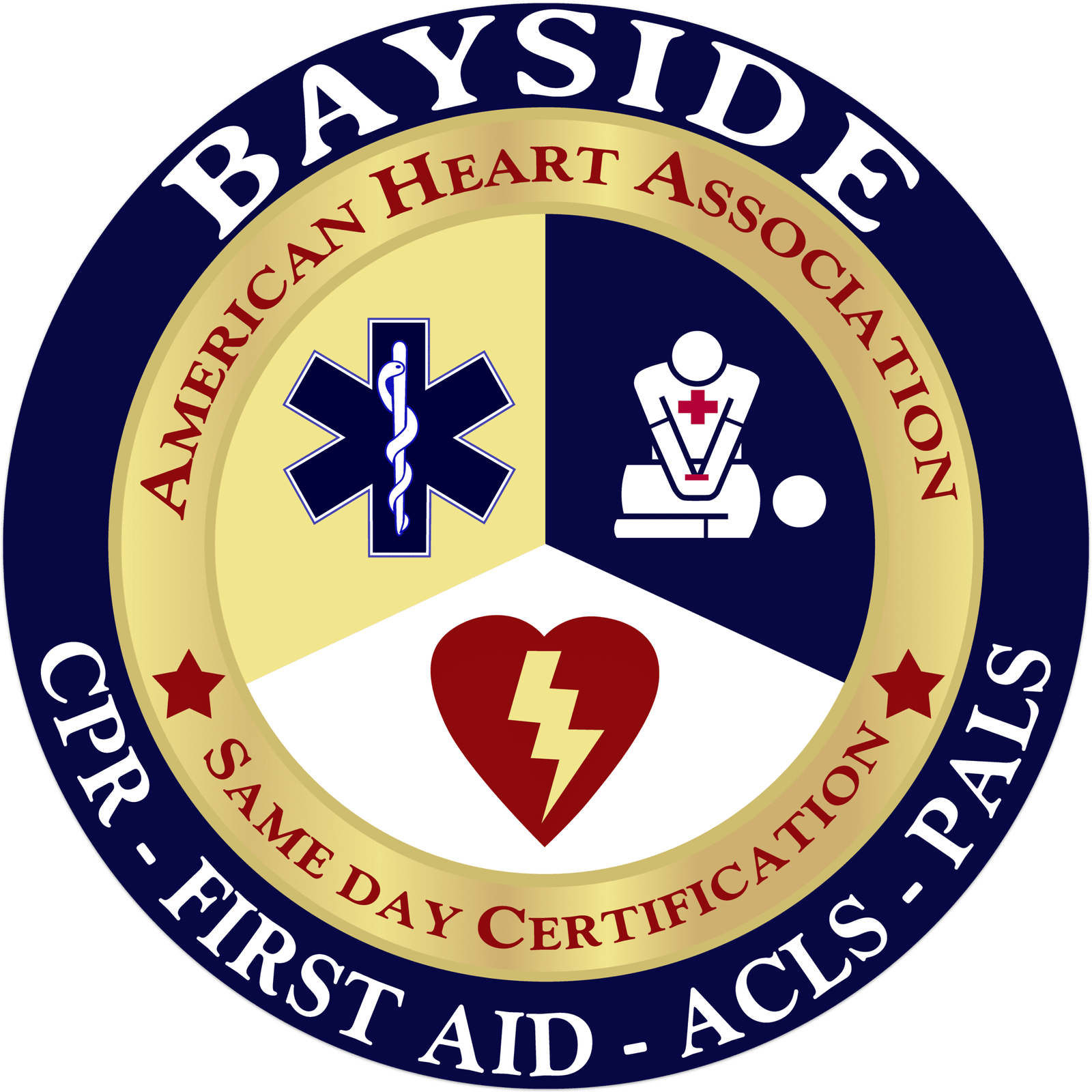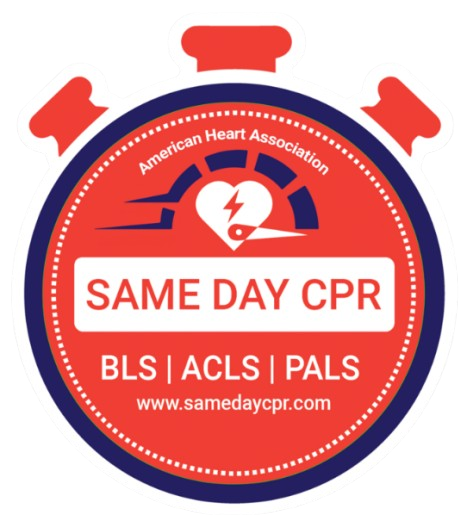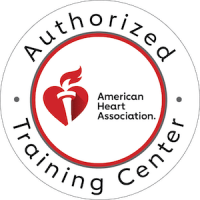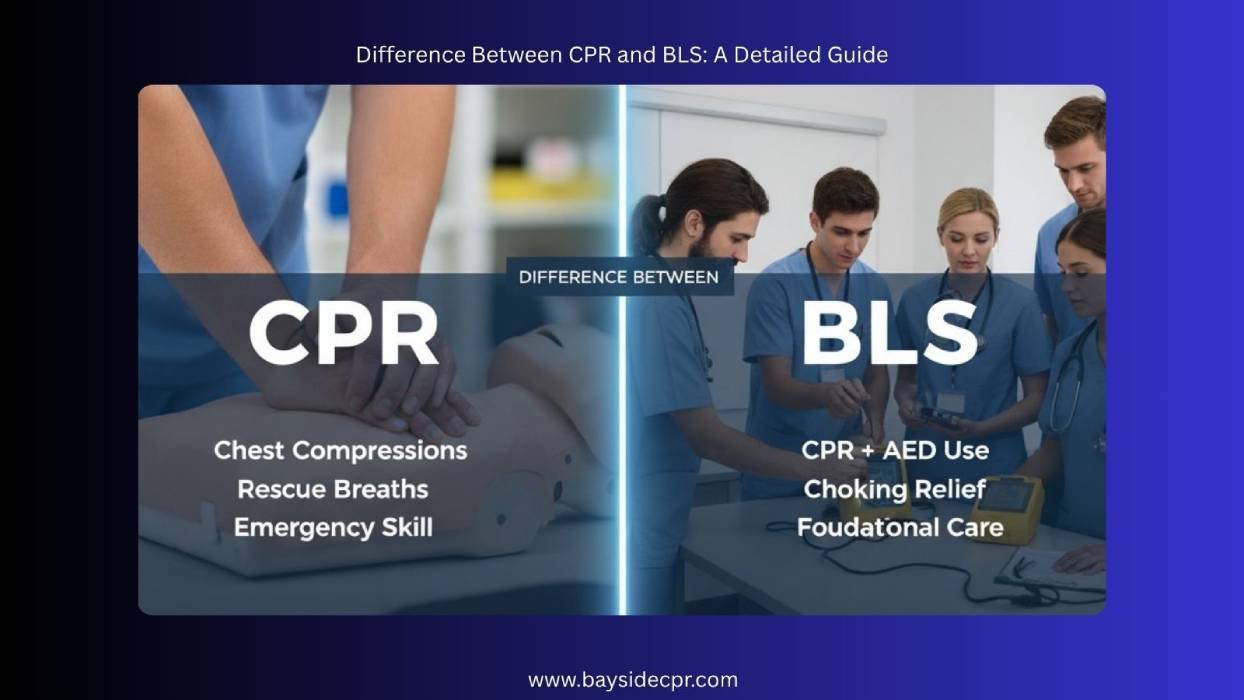
Author Archives: Kyle Hastings

Difference Between CPR and BLS: A Detailed Guide
When someone suddenly collapses, stops breathing, or their heart stops beating, the first few minutes are critical, and knowing how to respond can save a life. In these situations, two common terms arise: CPR (cardiopulmonary resuscitation) and BLS (...
Read More ›
How Are Breaths Delivered Using a Bag-Mask Device?
A bag-mask device, also called a bag valve mask (BVM), is an essential emergency tool used to assist patients who cannot breathe effectively on their own. It consists of a flexible, self-inflating bag attached to a face mask that fits securely over t...
Read More ›
Understanding the PQRST Wave: A Guide to ECG Interpretation
Electrocardiography (ECG or EKG) is a simple, non-invasive test that records the heart’s electrical activity using small electrodes placed on the skin. These signals produce waveforms like the P wave, QRS complex, T wave, and occasionally the U wav...
Read More ›
ACLS Pulseless Electrical Activity and Asystole Guide
When someone’s heart suddenly stops beating, every second counts. Pulseless Electrical Activity and Asystole are two serious conditions where the heart either shows electrical signals without a pulse or completely stops all activity. These two are ...
Read More ›
What is ROSC in CPR: The Life-Saving Key in Cardiac Emergencies
ROSC (return of spontaneous circulation) is a crucial medical term in the world of CPR (cardiopulmonary resuscitation) and cardiac emergencies. In both out-of-hospital cardiac arrest (OHCA) and in-hospital cardiac arrest (IHCA). It refers to the mome...
Read More ›
Resuscitation Triangle Roles In A High-Performance Team
In Advanced Cardiovascular Life Support (ACLS), successful resuscitation relies on team coordination not just individual skill. The Resuscitation Triangle provides a structured framework for organizing key team roles around the patient, ensuring acti...
Read More ›

